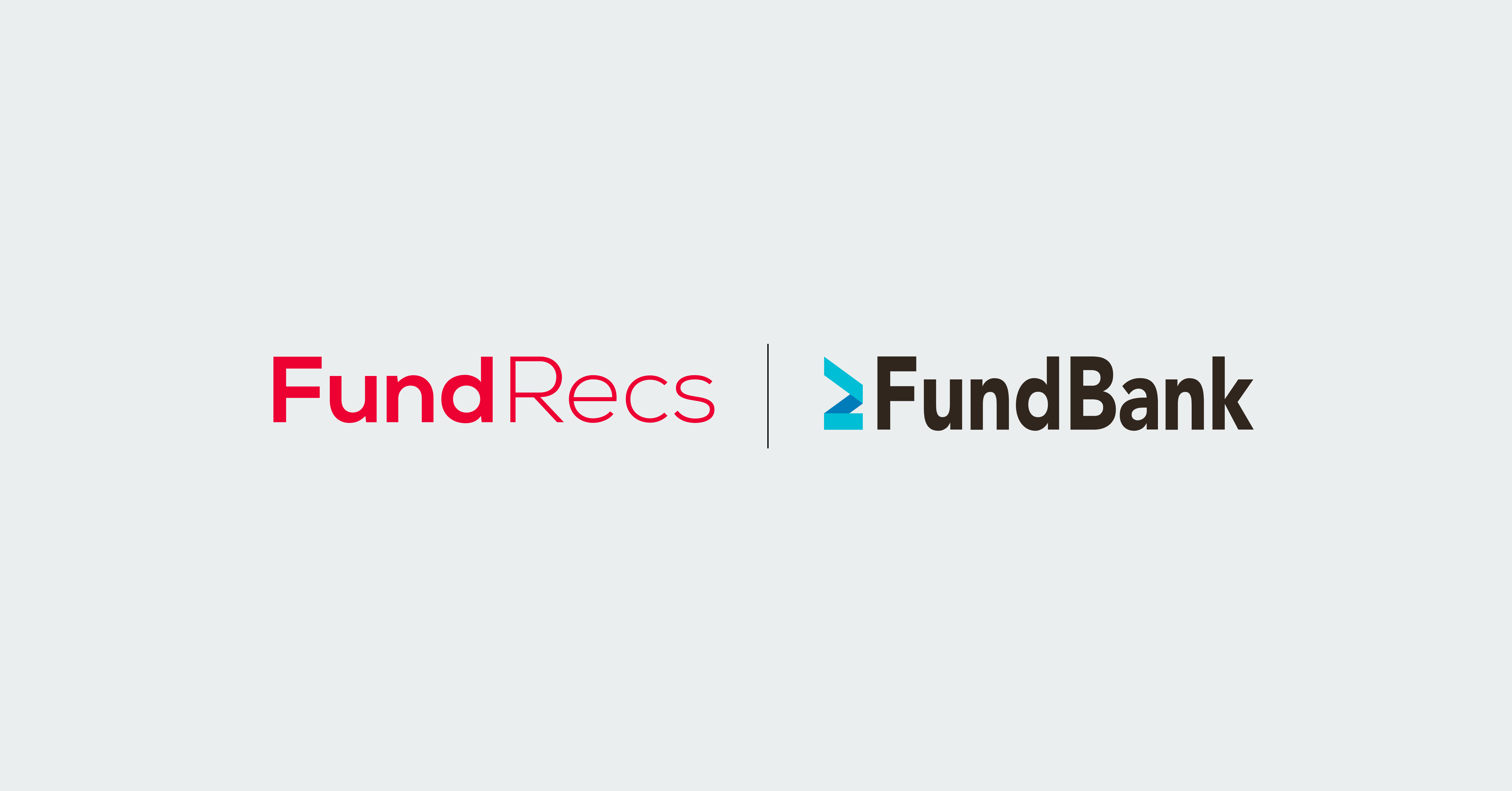Reconciliations – Industry Worst Practices


‘Reconciliation’
noun
- an act of reconciling, as when former enemies agree to an amicable truce.
- the state of being reconciled, as when someone becomes resigned to something not desired.
- the process of making consistent or compatible.
When it comes to reconciliations in the fund industry there are two ways in which you can complete ‘the process of making data consistent or compatible’.
The first way, which can be considered best practice, is to compare all appropriate data sources, identifying where breaks occur and taking investigative action to ensure breaks are resolved.
The second way to make data consistent is to employ industry worst practices. Here we look at some of the worst ‘worst practices’ we have seen employed to complete reconciliations.
1. Reconciling for the sake of it
When transactions are booked into the accounting system based on the data received from broker statements, and then a cash and position rec of the accounting system versus the broker only is completed, at best you will identify issues with your internal booking process. At worst you are completing a rec for the sake of it. We’ve seen this hugely inefficient and incomplete process in place on several occasions.
It means a true reconciliation isn’t being completed. Not only are you potentially wasting valuable resources, but you also run the risk of not catching breaks and maintaining inaccurate records. It poses great reputational and regulatory risk to both you and your clients.
Best practice typically sees a fully independent rec completed between the administrators accounting system and the broker records. Trades are booked to the accounting system from the investment manager trade file, expenses are booked based on instructions from the payments team and dividends or bond interest settles automatically based on market data used during security setups.
2. Transfer Agency Reconciliations
Manually transcribing transactions within your transfer agency (TA) collection account from PDF bank statements into an Excel file is not completing a reconciliation. It is simply maintaining a tracker of activity. You could go a step further and tick and bash transactions against approved deals in your TA system. This is an improvement from maintaining a tracker but its still a little like doing half a reconciliation.
To complete a full TA reconciliation, you must reconcile approved deals in your system against two money movements in the TA collection account, the money in and money out. This will provide a full breakdown of what makes up the closing balance in the TA collection account at any time.
Without completing the full reconciliation, you run the risk of not knowing what makes up the closing balance of the collection account or sending money to the wrong account which will leave you open to regulatory issues, causing reputational damage.
3. When two become one
The maker-checker process has been a central principle of control in the financial services industry since the dawn of time. As resources get squeezed and demands grow, the foundational element of control of having at least two individuals involved in doing and approving sometimes slips.
Even the most automated of reconciliation processes will require an update occasionally. Allowing one person to complete this without further review can cause considerable headaches especially when it relates to defining rules for data ingestion and auto-matches.
Robust controls over manual reconciliations are difficult so the maker-checker principle can be easily circumnavigated. Automated systems should allow simple and clear access restrictions, so your team have the tools to do their job while proving oversight to management via timestamps and audit trails.
4. Manual Excel Reconciliations
We couldn’t talk about worst practices in reconciliations without referencing Excel. Excel is a powerful application and a great tool but for the basis of a reconciliation process it is not.
There are countless reasons why relying on Excel can be risky. Clerical error when inputting data and the creation of key person risk when relying on limited expertise of VBA are two of the most common that we see.
However, we’ll leave you with the worst of the Worst Practices we have seen - Excel manipulation. Unable to figure out a break and worn down by living in Excel all day, every day, users can be tempted to find a shortcut. We have seen an instance where an end user was adding amounts in white text inside the file to balance a rec. Invisible to the naked eye and easily missed by a busy reviewer completing checks while under pressure to meet deadlines. Taking a shortcut like this can have a significant impact on a business and carries the threat of regulatory fines and significant reputational damage.
The risks that come with a poor reconciliation processes are clear. Regulatory sanctions and financial loss along with damage to a company’s reputation can have significant impact on business growth. Your goal should be to create the most efficient yet robust reconciliation process possible and at Fund Recs we are making fully straight through reconciliations possible, delivering on both of these.
Talk to us today about how we can ensure you avoid implementing Industry Worst Practices in your business.


